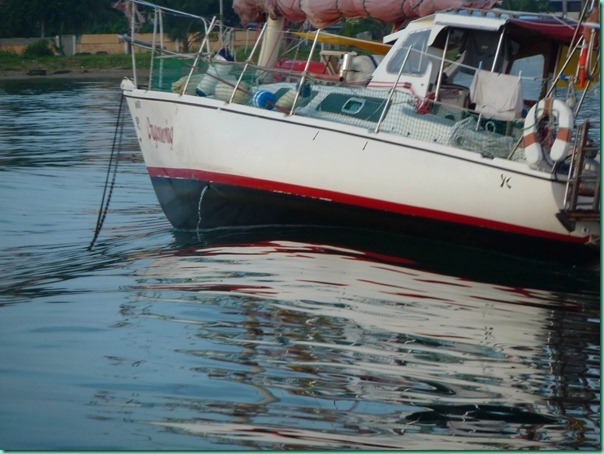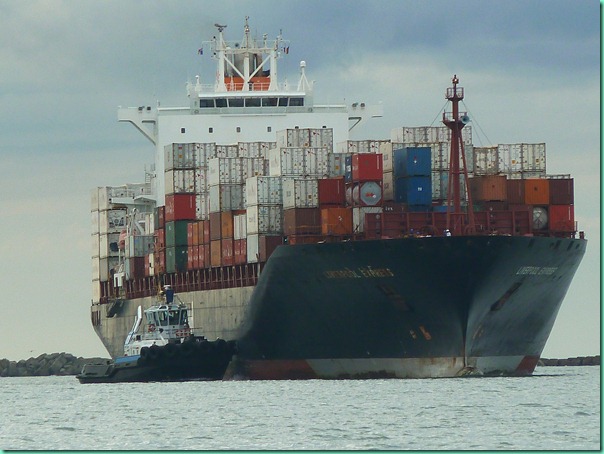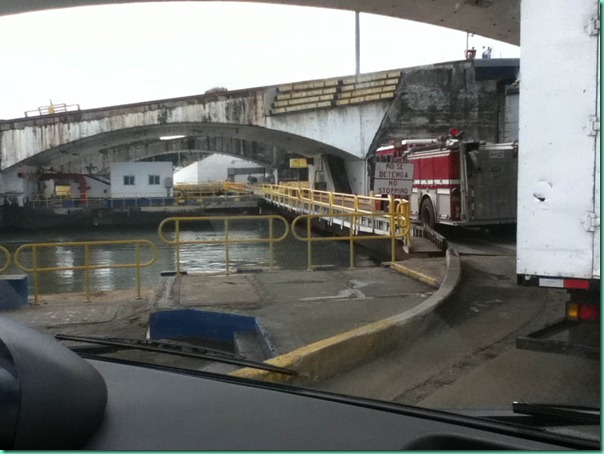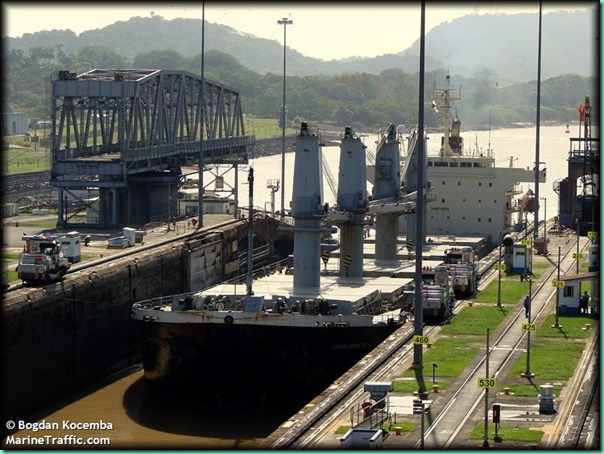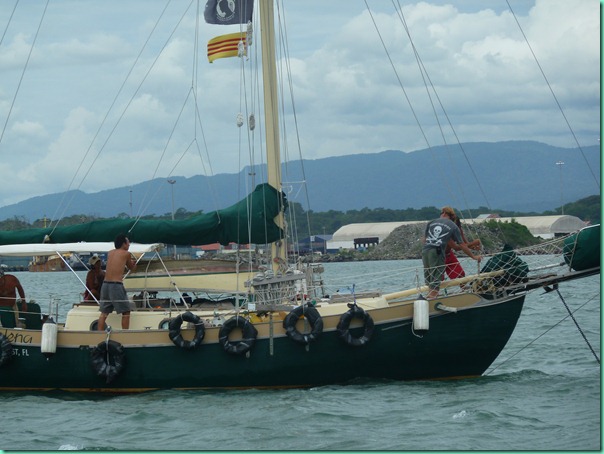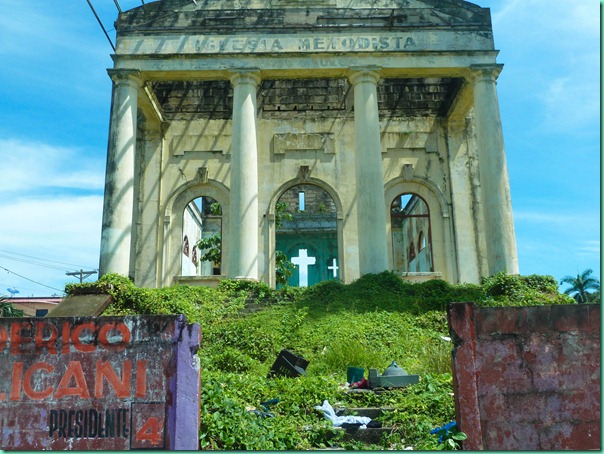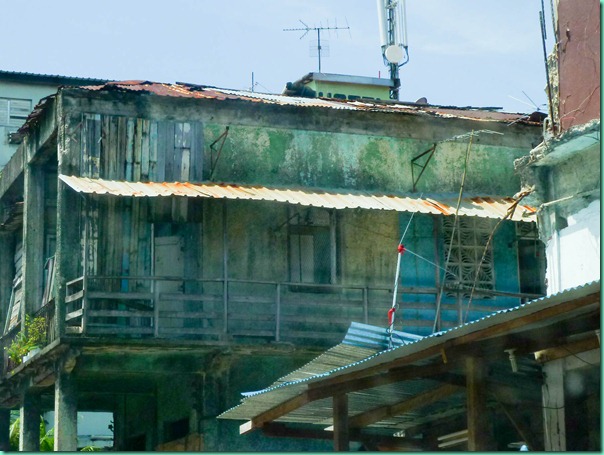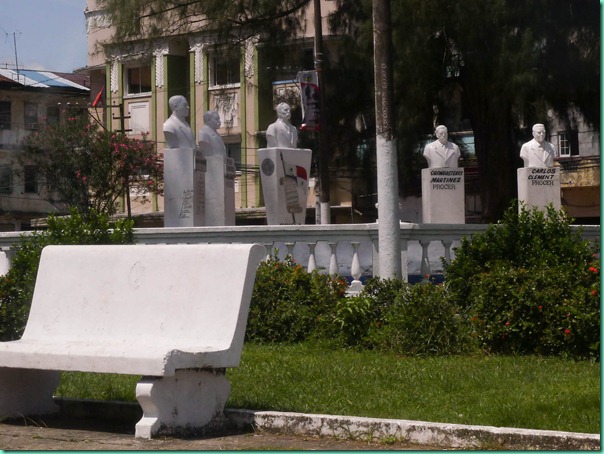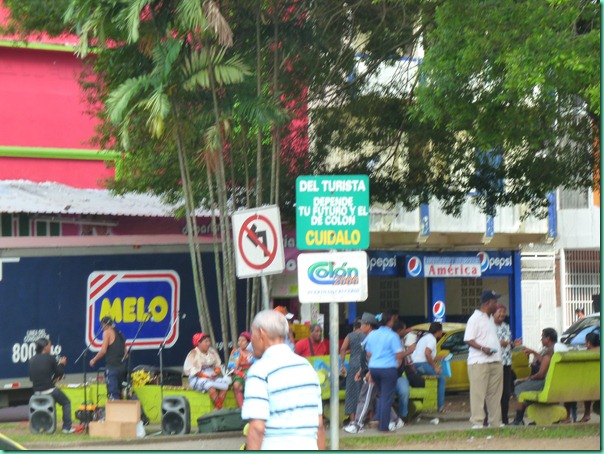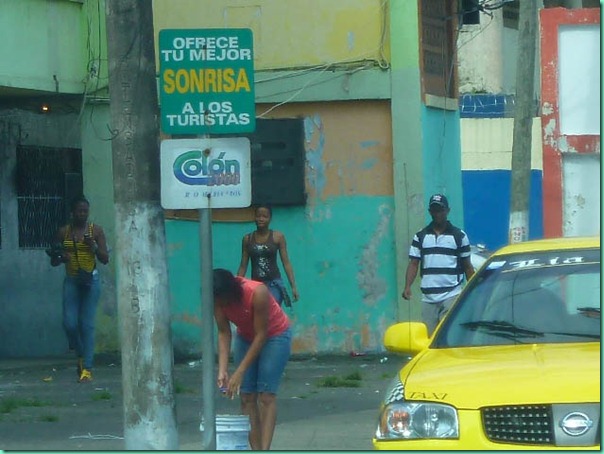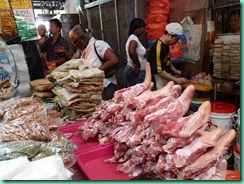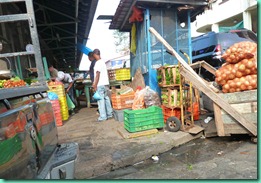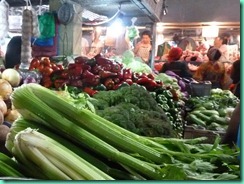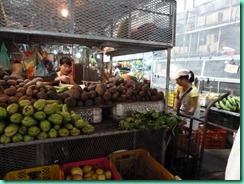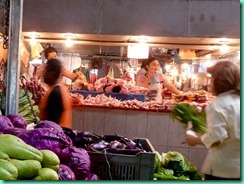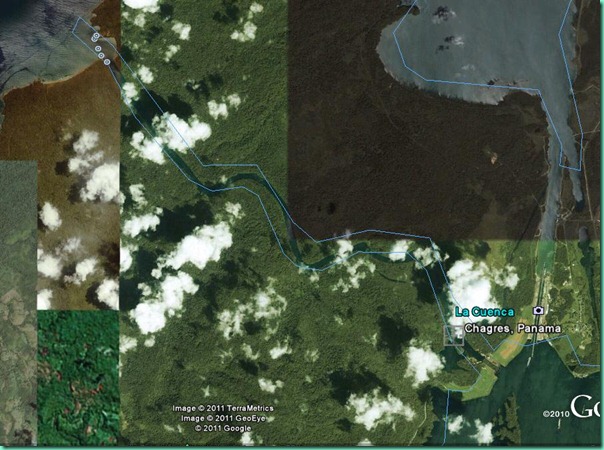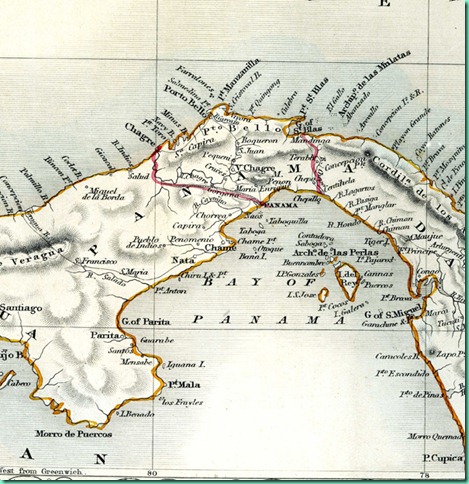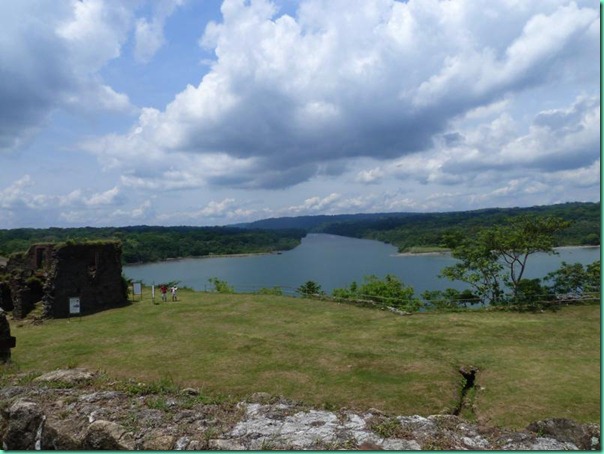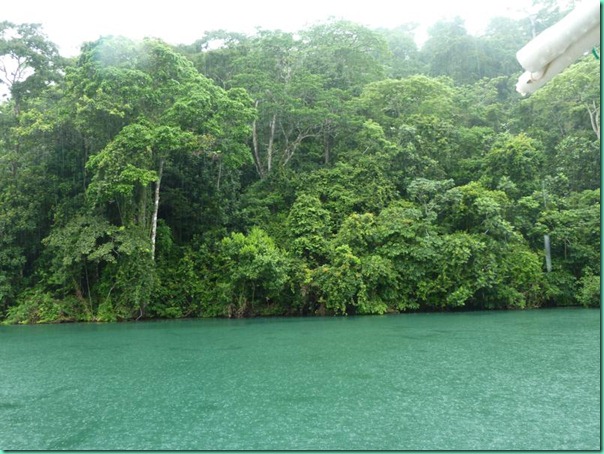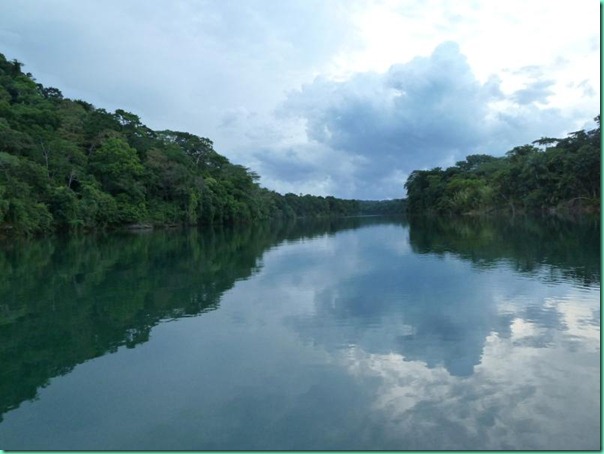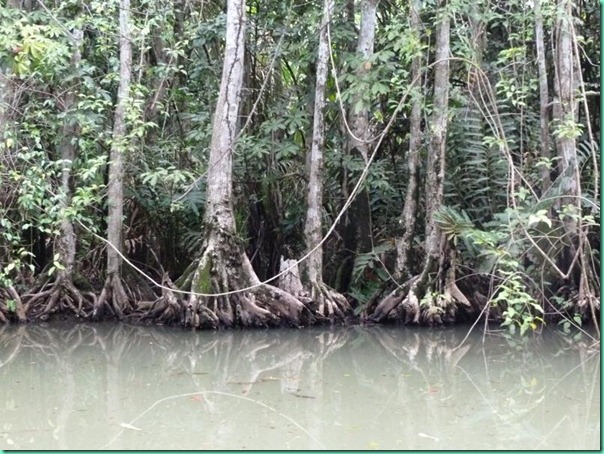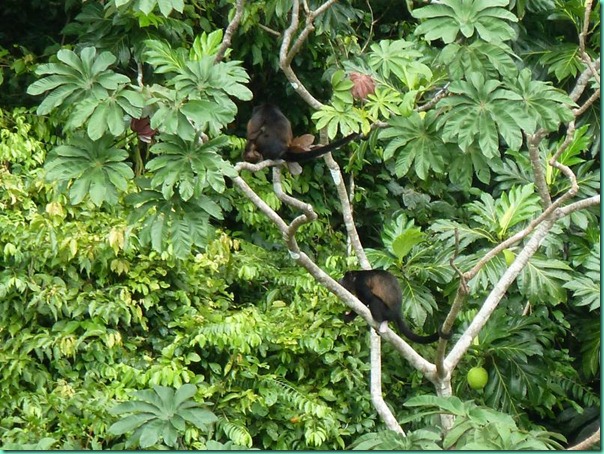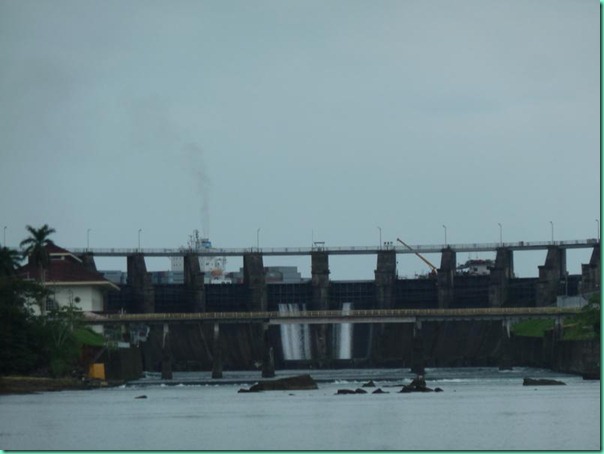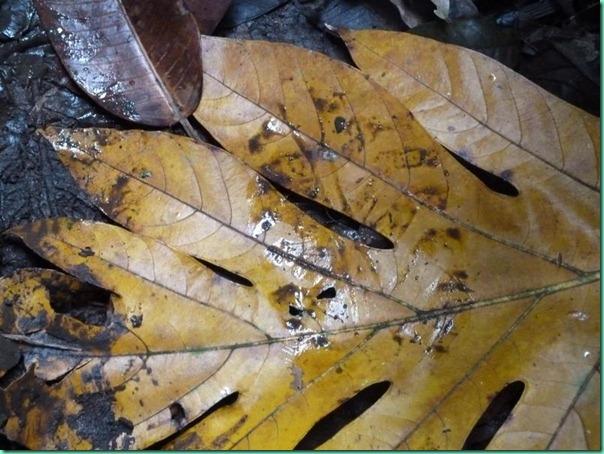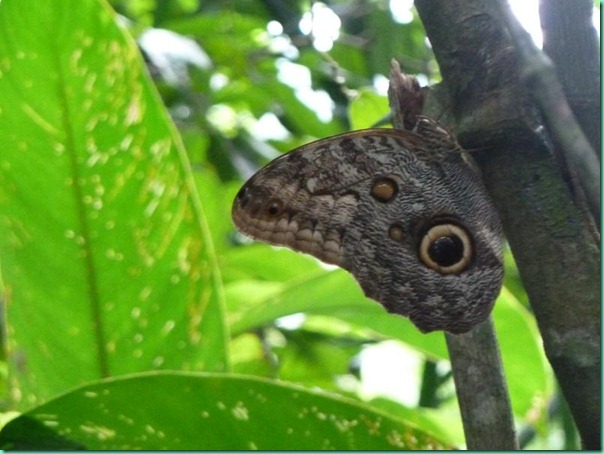From the water, Colon, Panama is an interesting place to be, especially if you’re interested in ships. At most hours, day or night, something is moving through the harbor. Sometimes it’s crew boats, maybe 40 feet long, but moving through at about 40 knots (the Resident Exaggeration Detector has flagged this number). About 40 times a day we all roll insanely. To be fair, there are a few crew boats who slow down, maybe to watch what happens.We’re watching them too!
PHOTO DRAGONWING ROLLED BY CREW BOAT
One of our neighbors came home to find his galley stove thrown out of its gimballs. *
SCREEN SHOT OF COLON HARBOR CHART
The Club Nautico anchorage is a pretty compact piece of water, between some semi-derelict commercial boats along a piece of waste ground, and the red channel markers for the container- and car-carrier port called Manzanillo. Ninety percent of the time it’s actually a pretty good anchorage. What I like is the constant port activity – ships are coming and going all the time.
PHOTO CARGO SHIP
From our perch in the cockpit, we see them waiting at the breakwater, until the pilot boat comes, then, the tug joins them, and they slowly progress down the aisle of buoys. Will this one be turned around and pushed into one of the slots just opposite us , or is it’s spot under the other set of cranes further down the quay?
PHOTO WALL OF HAMBURGSUD CONTAINERS ABOARD LIVERPOOL EXPRESS
Cranes slide into place, and the containers are clamped and lifted, shuffled and stacked. One ship is entirely offloaded. The next leaves within the hour. It’s not just containers either; we saw one shipful of brand new buses. We haven’t a clue what’s going on, which gives us endless theoretical headroom. Only the choreographer knows for sure. But who is the choreographer of this ballet of titans?
Having read recently that Panamax ships with 13 containers across the stern can be carrying 5000 to 7000 containers, the main question is: how do they make sure the one they want is where they can get at it? What specialty design education teaches that kind of organization? Also, What’s in all those containers? And, imagine, the new SuperPanaMax ships carry 9000 containers. How can a sniffer dog keep up? Cruise ships in St. Thomas have small boats constantly patrolling their seaward sides. But here, with many more ships, there seems much less visible security. This kind of meditation, and a pair of binoculars, keeps us occupied for hours. I’ve got more pictures than any one needs of colorful containers, and industrial machinery – can’t say why it fascinates me so.
Down the channel, near the Colon 2000 shopping center and the big duty-free zone is shipping on a different scale. I wish I knew what was going on here, beyond all the appliances being stevedored out of trucks and on to this small ship.
PHOTO APPLIANCE LOADING, CARMEN II
As for Club Nautico itself: there is no club, only an office that wants $5 every day we park the dinghy, and never has change. Also in the fenced and guarded compound are a pretty good seafood restaurant, a small marine/fishing store, a fuel dock, and docking for one of the crew-boat services. In the several days we’ve spent here we’ve been in the company of less than a dozen other boats; there’s not space for too many more. You could probably walk to Colon 2000 where there is a super-something-supermarket, but the cab drivers won’t let you!
PHOTO, VIEW TOWARDS SHORE NEAR CLUB NAUTICO
Once upon a time, on the other side of the Colon peninsula, there was a Panama Canal Yacht Club. It was a funky but eminently functional place that, half a dozen years ago, was bulldozed overnight by the juggernaut of the Panama Canal Authority, who apparently needed another container parking lot. You can still anchor at the Flats, and watch the ships passing to and from the locks, but there seems to be nowhere to land a dinghy. You can anchor outside Shelter Bay Marina; not sure what arrangement you’d have to make to use their facilities. That leaves Club Nautico as the best anchoring option.
For a slip in a marina, you’ll find yourself at Shelter Bay Marina. This is a fine facility, and getting better all the time. Located in a sheltered bay (!) at the top of the harbor breakwater, where the US military once kept patrol and maintenance boats, they have nice new docks, good electric, speedy wifi, a pool, small hotel, a restaurant much improved in recent months. They have a popular haulout, but not much in the way of skilled labor, and a storage yard with some ‘boot camp’ type rules, but this may change as the new, boater-friendly manager John Halley, ex-Club Nautico Cartagena smoothes out the user interface.
The downside is that Shelter Bay is half an hour from town on a marina bus; shopping or looking around can be a rushed experience or an expensive taxi ride home. The bus crosses canal locks, which means that sometimes you can get caught on the wrong side and wait another half hour or so as a ship locks through.
PHOTO ROAD CROSSING CANAL
Also, It costs a bit more than I’d care to spend, particularly to be so far out of town. But it’s the only game in town for hauling and storage, although a new marina at Green Turtle Bay near Nombre de Dios on the way to the San Blas, is said to be getting a travelift soon.
When we first got our AIS** , one of the first ships I remember seeing was the Henriette Schulte bound for Manzanillo, wherever that was. So, it was fun to see the same Henriette Schulte being escorted to a dock just across from us, and now I know where Manzanillo is. Then we saw Simon Schulte out in the anchorage. So I Googled and learned that there are nearly 100 other ships in the Bernhard Schulte Ship Management family, (several are quite new); plus a pin-up -(ship centerfolds?) type photo of Simon Schulte in locks of the canal, courtesy of the webcam at MarineTraffic.com. It’s gotten five votes, by what standard, I wonder.
SIMON SCHULTE from Panama Canal WEBCAM
Another sight familiar in the canal transit season for yachts is the Arrival of the Tires. When they land on a neighboring yacht, like the roulette ball landing on their number, we know that tomorrow we that boat might be seen on the webcam. Those tires are cheap insurance against an encounter with the canal walls, and the stock in trade of one particular agent.
GALENA ATTIRED FOR CANAL TRANSIT
Maybe it will be our turn one of these days.
*gimballs: our stove is suspended on ‘pins’ on each side so that it can remain level when the boat rolls
**AIS (Automatic Identification System) is a nifty piece of technology. Ships are now required to broadcast certain details, name, dimensions, destination, course speed and other navigation data, and with our VHF antenna and a display unit we can read it, plus be alerted to their presence up to 13 miles away by a perimeter alarm.
